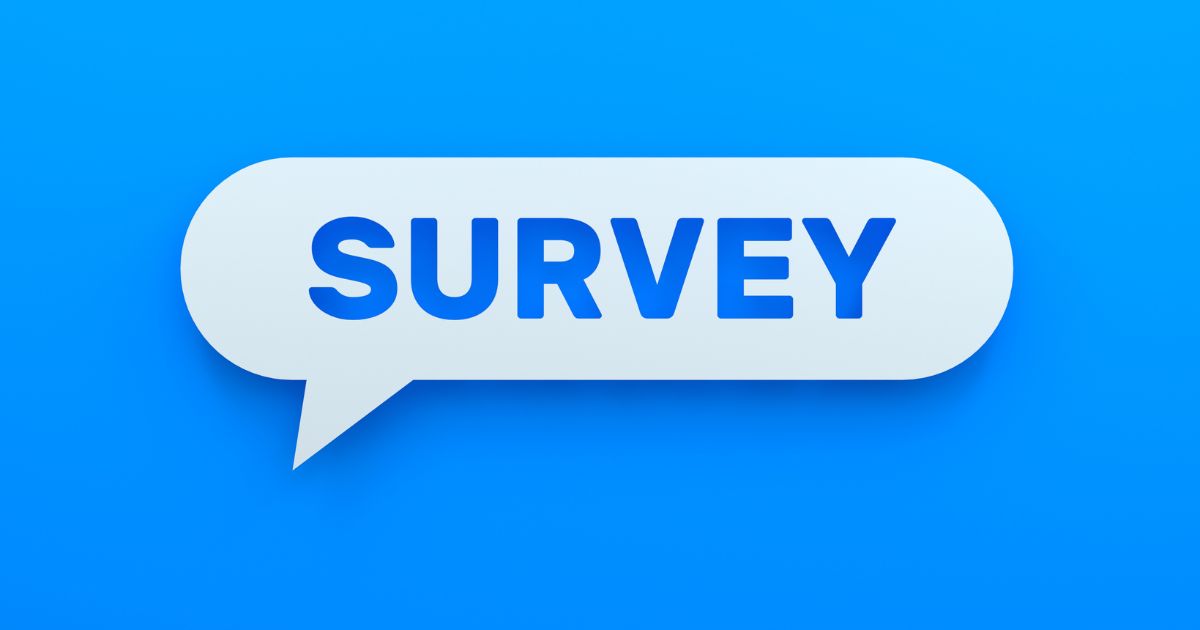Unraveling the Power of Surveys
In the vast landscape of data collection, surveys stand tall as powerful tools for gathering insights, opinions, and preferences. Whether you’re a researcher aiming to uncover trends, a marketer seeking consumer feedback, or a business leader making strategic decisions, a well-crafted survey can be your beacon in the sea of information. However, not all surveys are created equal. The art of crafting effective surveys lies not only in the questions posed but also in the way they are presented and programmed. In this post, we delve into the world of survey creation, offering nine indispensable tips to enhance both the writing and programming aspects for more meaningful results.
1. Define Your Objectives Clearly
Before embarking on the journey of survey creation, it’s crucial to define your objectives with utmost clarity. What specific information are you seeking? What decisions will be influenced by the data collected? Having a clear understanding of your goals will guide the entire survey process, from question formulation to data analysis.
Tip: Begin by outlining the main objectives and break them down into smaller, actionable goals. This not only helps in question creation but also sets the foundation for targeted programming.
2. Know Your Audience Inside Out
Just as a key unlocks a treasure chest, knowing your audience is the key to crafting a survey that resonates. Different demographics and psychographics require tailored approaches. Understanding your audience’s preferences, language, and communication style is pivotal in creating questions that are not only relevant but also resonate with respondents.
Tip: Conduct preliminary research or use existing data to build a detailed profile of your target audience. This information will inform both the language used in your survey and the programming choices.
3. Keep it Concise and Clear: The Art of Question Writing

When it comes to survey questions, brevity is a virtue. Long-winded or convoluted queries can confuse respondents and lead to inaccurate or incomplete responses. Craft questions that are concise, clear, and free from jargon. Avoid double-barreled questions that address more than one issue, as they can muddle responses.
Tip: Aim for simplicity. If a question seems complex, break it down into smaller, more digestible parts. Also, use straightforward language to ensure clarity.
4. Utilize a Mix of Question Types
Variety is the spice of life, and the same holds true for surveys. Employing a mix of question types adds depth to your data. While closed-ended questions provide quantitative insights, open-ended questions offer qualitative nuances. Multiple-choice questions streamline responses, while ranking questions provide a hierarchical view of preferences.
Tip: Tailor your question types to the objectives. For exploratory research, incorporate more open-ended questions, while quantitative studies benefit from structured, closed-ended queries.
5. Consider the Flow: Sequencing Matters
Just as a compelling story unfolds seamlessly, a survey should follow a logical flow. Start with easy, non-intrusive questions to engage respondents, gradually progressing to more complex or sensitive topics. This ensures a natural rhythm, preventing respondents from feeling overwhelmed or disinterested.
Tip: Map out the survey flow before programming. Consider the psychological journey of your respondents, aiming for a logical progression that keeps them engaged from start to finish.
6. Optimize for Mobile Responsiveness

In the era of smartphones and constant connectivity, surveys should be accessible anytime, anywhere. Neglecting mobile optimization can lead to a significant drop in response rates, especially among younger demographics. Ensure that your survey platform is responsive across various devices.
Tip: Test your survey on multiple devices to ensure a seamless experience. Use platforms that automatically adapt to different screen sizes, making participation convenient for respondents.
7. Validate and Pilot Test Your Survey
Before releasing your survey into the wild, it’s imperative to conduct thorough validation and pilot testing. Validation ensures that the survey measures what it intends to measure, while pilot testing helps identify any unforeseen issues with question wording, programming glitches, or respondent confusion.
Tip: Enlist a small group of participants to take your survey before the official launch. Gather feedback on clarity, relevance, and overall user experience, making necessary adjustments based on their insights.
8. Leverage Skip Logic for Personalized Experiences
One size does not fit all in the world of surveys. Skip logic, a powerful programming tool, allows you to customize the survey path based on respondents’ previous answers. This not only enhances the user experience but also ensures that participants only encounter questions relevant to their experiences or opinions.
Tip: Strategically use skip logic to create personalized survey experiences. Tailor subsequent questions based on respondents’ earlier answers, leading to more accurate and valuable data.
9. Prioritize Data Security and Privacy
In an era where data breaches make headlines, prioritizing data security and privacy is non-negotiable. Ensure that your survey platform adheres to industry standards for data protection. Clearly communicate how respondent data will be used and assure participants of confidentiality.
Tip: Choose survey platforms with robust security measures in place. Clearly outline your data handling policies in the survey introduction, fostering trust among participants.
Conclusion: Empowering Insights Through Skillful Survey Craftsmanship
Crafting better surveys is not just a technical endeavor; it’s an art that requires a delicate balance between precision and creativity. By combining thoughtful question writing with strategic programming, survey creators can unlock a treasure trove of insights. As the digital landscape evolves, so do the expectations of survey participants. Embracing innovative writing and programming techniques is the key to not only meeting but exceeding those expectations. So, embark on your survey journey with purpose, armed with the knowledge that each question and programming choice contributes to a richer, more nuanced understanding of your audience and objectives.
Have a project that you’re looking to field?
Logit can help. Just fill out the form below and a Logit Group team member will be in contact with you shortly. Get a quote today.





